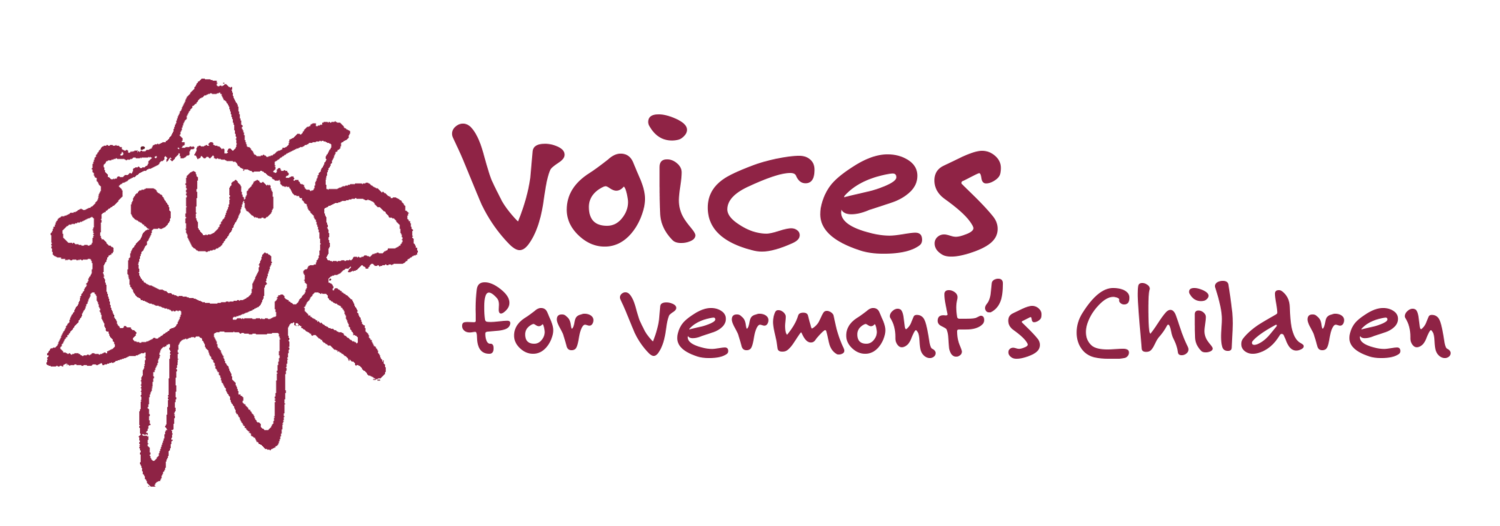Spotlight on Youth Risk Behavior
As a society, it is our job to ensure that the future is in good hands, and that means making sure our youth have access to a full range of supports in their schools and communities. When young people are supported by their schools and communities, they are shaped by those experiences. If instead they are struggling to positively connect with their community and school, the greater the chance they will engage in patterns of risky behavior and poor decision-making.
Young people whose habits and behaviors put them in serious danger of harm make up a very small portion of the youth population. While their numbers are small, the risk-taking activities of these young people signal that not only they, but also their families and communities, need support.
This Spotlight on Vermont’s Kids highlights the results from the 2009 Youth Risk Behavior Survey (YRBS), which measures the prevalence of risk-taking behaviors such as substance abuse, involvement in sexual activity, and measures of resiliency, such as parental involvement in school.
The YRBS is a voluntary survey of 8th-12th graders attending Vermont middle- and high- schools (and elementary schools that include 8th grade). In 2009, nearly 30,000 8th -12th grade students representing 143 schools and 55 supervisory unions were surveyed. Click here to access YRBS results by county; these results are published as part of our County Pages data set, which also includes selected measures of child health and economic security by county. State level YRBS information is here Vermont Data Page 2009 .
Highlights from the 2009 YRBS indicate that of those students surveyed:
- § 16% reported smoking a cigarette in the past 30 days, down from 20% in 2003.
- § 40% reported having sexual intercourse, up from 35% in 2003.
- § 47% reported feeling valued by their community, up from 42% in 2003.
As these results indicate, most of Vermont’s young people do not engage in risky behaviors such as smoking or drinking alcohol. For those that do, remember that these behaviors do not occur in a vacuum – adult behavior and influence, community institutions and supports, and larger societal problems, such as poverty, play key roles in young people’s success or failure. The more we can do to support healthy youth development – by improving children’s economic status and adequately funding youth programs and services – the better we will be able to ensure that we are providing our youth with a strong healthy foundation.
